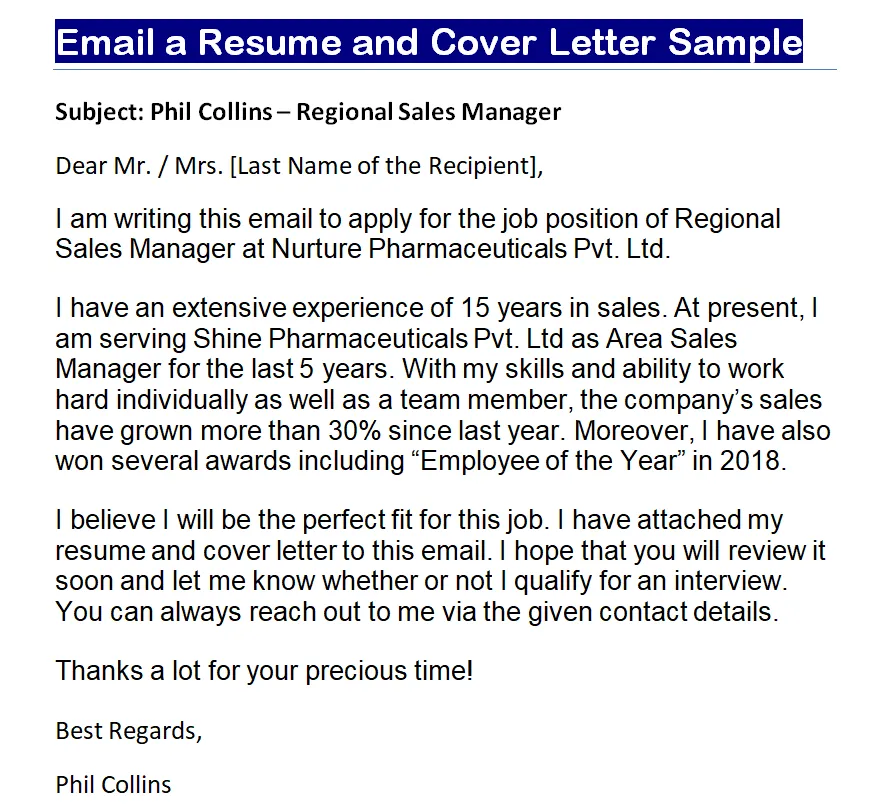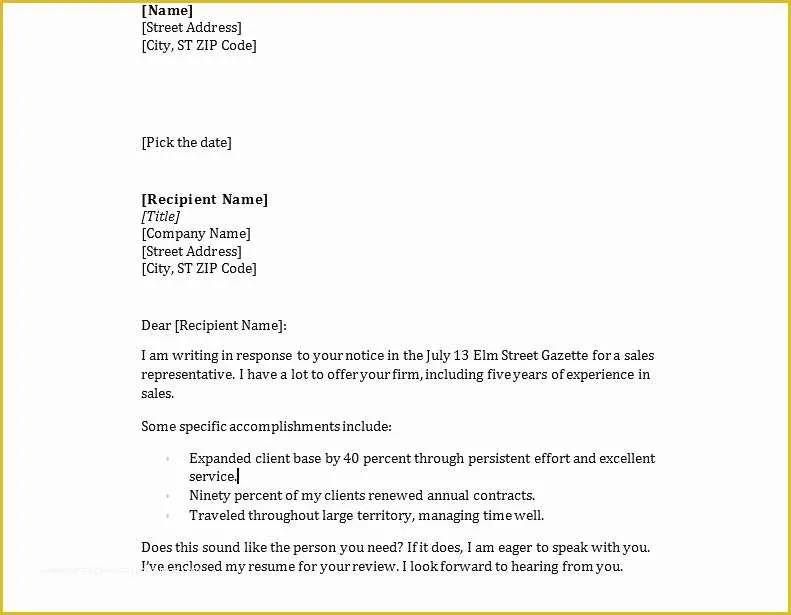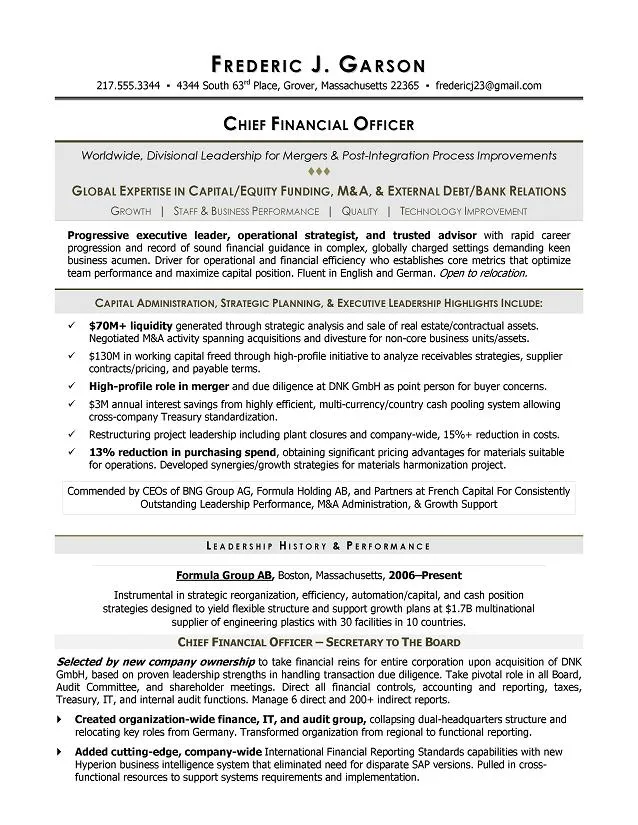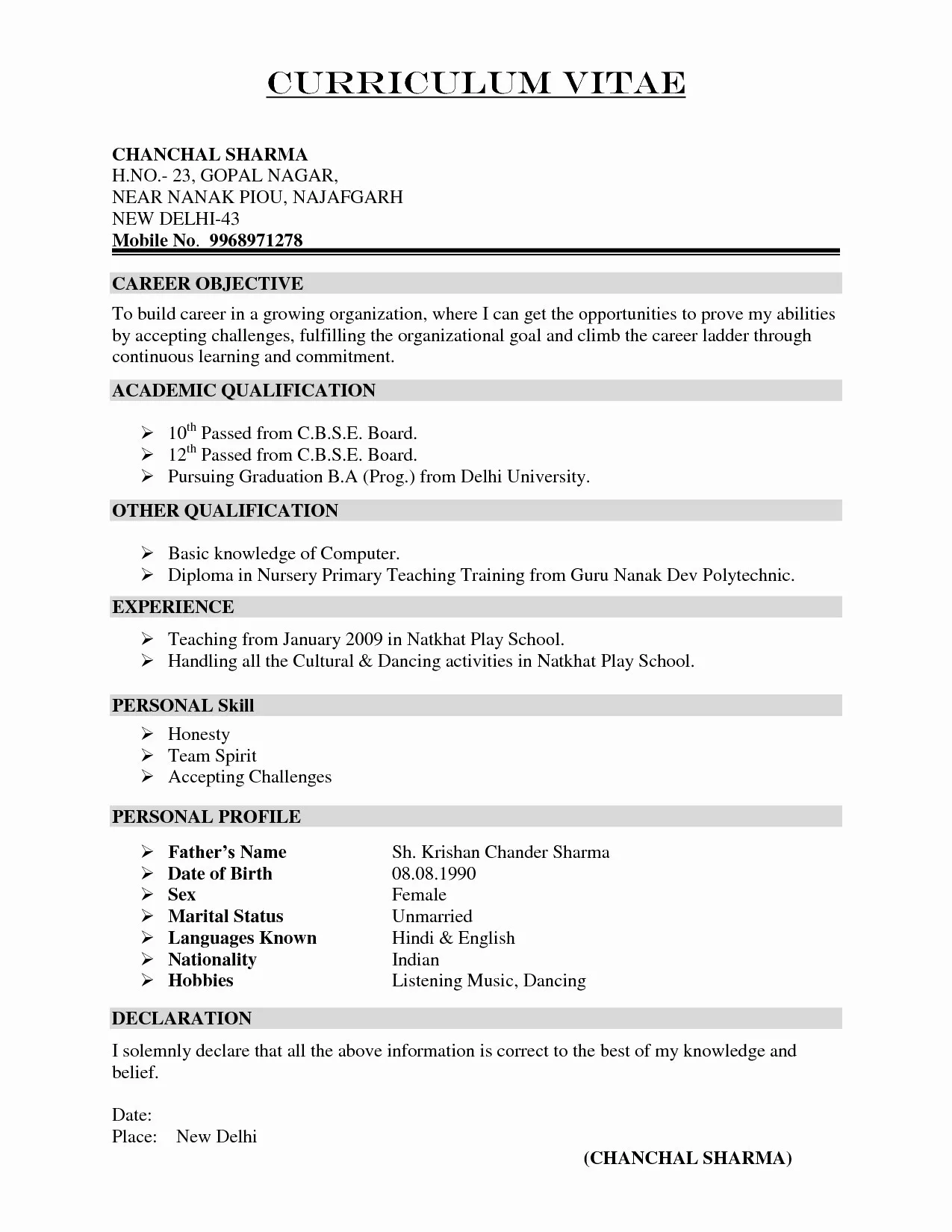What is a Resume Cover Letter Email?
A resume cover letter email is a digital message sent to a potential employer, typically along with your resume and cover letter, as part of your job application. It serves as your introduction and allows you to briefly highlight your qualifications and express your interest in the position. This email is often the first impression you make on a hiring manager, making it crucial to craft it carefully. It’s a chance to personalize your application, showcase your personality, and make a strong case for why you’re the ideal candidate. A well-written email can significantly increase your chances of landing an interview. A well-crafted email can set the stage for a positive first impression, showcasing your professionalism and attention to detail, ultimately helping you stand out from other applicants.
Why is a Cover Letter Email Important?
The cover letter email is crucial for several reasons. Firstly, it serves as a personalized introduction, allowing you to connect with the hiring manager before they even look at your resume or cover letter. Secondly, it provides an opportunity to tailor your application to the specific job and company, showcasing your understanding of their needs. Thirdly, it allows you to highlight your key skills and experiences in a concise and compelling manner, making it easier for the hiring manager to quickly assess your suitability. Furthermore, the email allows you to express your enthusiasm for the position and the company, demonstrating your genuine interest. Finally, it offers a chance to establish a professional and positive tone, leaving a lasting impression. Neglecting this step means losing a significant opportunity to demonstrate your interest and make a memorable impact. This attention to detail can be the differentiating factor that sets you apart from other candidates.
Formatting Your Resume Cover Letter Email

When formatting your cover letter email, begin with a professional subject line that clearly states the purpose of your email, such as “Application for [Job Title] – [Your Name]”. Use a formal and respectful tone throughout the email. Begin with a proper salutation, such as “Dear Mr./Ms./Mx. [Last Name],” or, if the name isn’t available, “Dear Hiring Manager”. Keep the email concise and easy to read, using short paragraphs and bullet points to highlight your key qualifications and achievements. Use a professional font and maintain consistent formatting. Proofread the entire email carefully for any grammatical errors or typos. Include a clear call to action, such as requesting an interview. Always attach your resume and cover letter as separate PDF files and ensure they are appropriately named for easy identification.
Subject Line Essentials
A well-crafted subject line is the first thing a hiring manager sees, making it crucial to get it right. It should be clear, concise, and immediately convey the purpose of the email. Begin by including the job title you’re applying for, ensuring it matches the one in the job posting. Follow this with your full name, to make it easier for the recipient to identify you. Avoid generic subject lines, such as “Resume” or “Job Application.” Instead, opt for something like, “Application for Marketing Manager – John Doe.” If you’re responding to a specific job posting, include the reference number if provided. This helps the recruiter quickly associate your email with the correct position. Proofread the subject line to avoid any typos, as it’s the first impression and sets the tone for your application. Keep it professional and avoid any slang or informal language. The subject line should be compelling enough to encourage the recipient to open and read your email.
Body of the Email Writing Tips
The body of your cover letter email should provide a brief overview of your qualifications, skills, and experience, while also demonstrating your enthusiasm for the position and the company. Begin by briefly stating the position you are applying for and where you saw the job posting. Highlight your key qualifications and how they align with the job requirements. Use specific examples and quantifiable achievements to showcase your skills and accomplishments. Tailor your email to each specific job application, demonstrating your understanding of the company’s needs and values. Mention the company’s mission statement and the specific aspects of the role that appeal to you, showing your genuine interest. Use a professional tone and avoid overly casual language. Keep the email concise, ideally no more than four or five short paragraphs. Proofread the email carefully for any grammatical errors or typos before sending.
Opening of your Email

The opening of your cover letter email is crucial for grabbing the reader’s attention and setting a positive tone. Start with a professional salutation, such as “Dear Mr./Ms./Mx. [Last Name], or, if you are unable to find a specific contact, “Dear Hiring Manager”. Immediately state the position you are applying for and how you found the job opening, indicating your motivation and interest. Briefly mention your key qualifications and how they align with the job requirements. Avoid generic opening lines; instead, tailor your opening to each specific job application. If you have a personal connection or reference, include it early on to establish credibility. Express your enthusiasm for the position and the company, showcasing your genuine interest. Keep your opening concise and to the point, ensuring it sets the stage for the rest of the email.
Highlighting Key Skills and Experience
In the body of your email, highlight your key skills and experiences that align with the job requirements. Focus on the qualifications mentioned in the job description. Provide specific examples of how you have successfully used these skills and achieved results in previous roles. Quantify your achievements whenever possible, using numbers and data to demonstrate your impact. Use keywords from the job description to show that you have the necessary skills and experience. Tailor your examples to the specific requirements of the job. Avoid simply listing your skills and experiences; instead, weave them into a narrative that showcases your capabilities. Keep it concise and easy to read, using short paragraphs and bullet points if necessary. Focus on the most relevant aspects of your resume and cover letter, creating a compelling case for why you are a strong candidate.
Expressing Enthusiasm and Interest
Expressing your enthusiasm and genuine interest in the position and the company is vital. Clearly state why you are excited about the opportunity and what specifically attracts you to the role and the organization. Do your research on the company, and mention specific projects, values, or initiatives that resonate with you, showing that you understand their mission. Explain how the position aligns with your career goals and what you hope to achieve in the role. Demonstrate your understanding of the company’s needs and how your skills can contribute to their success. Highlight any positive aspects of the company, like their culture, values, or reputation, demonstrating your interest in being part of their team. Write with a positive and energetic tone, showcasing your excitement. Personalize the email to show your genuine interest.
Closing Your Email and Call to Action

The closing of your email should be professional and include a clear call to action. Express your gratitude for the hiring manager’s time and consideration. Reiterate your interest in the position, using a concise and confident statement. Include a specific request, such as asking for an interview or a phone call to discuss your qualifications further. Provide your contact information, including your phone number and email address. End with a professional closing, such as “Sincerely,” “Best regards,” or “Thank you,” followed by your full name. Proofread the entire closing for any errors. Ensure your call to action is clear and direct, making it easy for the hiring manager to respond.
Attaching Your Resume and Cover Letter
Attaching your resume and cover letter correctly is a critical step. Always attach your resume and cover letter as separate PDF files. PDF format ensures your documents maintain their original formatting across different devices and operating systems. Name your files clearly and professionally, such as “Your Name_Resume.pdf” and “Your Name_CoverLetter.pdf.” This makes it easy for the hiring manager to identify your documents. Double-check that both documents are attached before sending the email. Ensure your attachments are the most up-to-date versions of your resume and cover letter. Verify that the file sizes are not too large. If the application instructions request specific file names or formats, follow them precisely. This attention to detail reflects your organizational skills and professionalism. Confirm that the attachments open correctly and that all the content is displayed as intended before sending your email.
Proofreading Your Email
Proofreading your cover letter email is essential to ensure it’s free of errors. Carefully read through your entire email for any grammatical errors, typos, or spelling mistakes. Pay close attention to punctuation and sentence structure. Use a spell checker and grammar checker, but don’t rely on them completely. Read the email aloud, as this can help you catch any awkward phrasing. Have someone else proofread your email for a fresh perspective. Verify that all information is accurate, including the job title, company name, and contact details. Ensure your formatting is consistent and professional. Check your subject line, salutation, and closing for any mistakes. Proofreading demonstrates your attention to detail and professionalism, making a positive impression on the hiring manager. A polished email reflects your commitment to quality and increases your chances of getting an interview.
